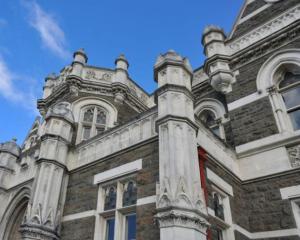The 34-year-old Dunedin-based athlete is aiming for a place in the New Zealand team to compete at the Vancouver Games early next year in her chosen event, the skeleton.
The event requires competitors to run for about 40m before diving on to a sled and hurtling headfirst down a 1400m ice-covered track at speeds of about 130kmh, in just under a minute.
With only 20 "runs" at the Whistler-based track, Stoddard teamed up with Dunedin-based animation company Animation Research in an effort to see if the company could replicate the experience.
After analysing images of the Whistler course, the company was able to build a 3D model of it with some funding from Sport and Recreation New Zealand.
Previously, Stoddard had watched a video taken by a competitor wearing a camera - "complete with their head bobbing in the way".
But, thanks to 3D imagery, Stoddard is able to lie on her sled and race as if she is on the track, something she said she hoped would give her an advantage when she leaves this month for her eighth consecutive winter at northern hemisphere snow fields.
Each day until she departed, Stoddard aimed to use the simulation to hone her technique before competing in the World Cup circuit later this year.
She hoped to qualify for the Olympics.
Animation Research chief executive Ian Taylor said he was "delighted" to be able to help a local athlete reach her goals and to publicise the potential of 3D stereoscopic computer animation.
While the technology had moved from the "red and green" glasses associated with older forms of 3D, users still donned specialist glasses for a realistic experience, he said.
The company first used the technology when it made a documentary for the Sir Edmund Hillary Alpine Centre at Mount Cook and was in talks to develop it across a range of sports, he said.
The high performance sport agency of the United Kingdom, UK Sport, was so impressed with the technology it asked Mr Taylor to relocate his company, which employs 14 people, from Dunedin.
"But I want to remain here."
Mr Taylor said he would like Dunedin to establish a research and development centre to capitalise on the potential of the technology.












